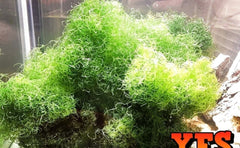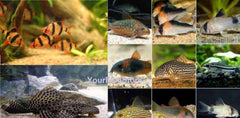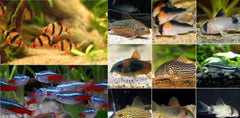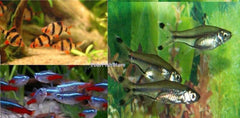X2 Assorted Plate Coral - Heliofungia Actiniformis - Med 3"-4"
Ebay
$ 160.53

x2 ASSORTED PLATE CORAL - HELIOFUNGIA ACTINIFORMIS - MED 3"-4" - FREE SHIPPING
*This Package includes x2 (two) PLATE CORAL - HELIOFUNGIA ACTINIFORMIS
Care Level: Moderate
Temperament: Aggressive
Lighting: Moderate
Waterflow: Medium
Placement: Bottom
Water Conditions: 72-78° F, dKH 8-12, pH 8.1-8.4, sg 1.023-1.025
The Plate Coral Heliofungia actiniformis is the only member of its genus. It was formerly considered to be a subspecies of the Fungia genus as their skeletons only differ in detail. This was the case until coral biologists became aware of the differing sizes and shapes of the polyps. The Heliofungia coral has the largest polyps of all the stony corals. Both of these large polyp stony (LPS) corals are found in the same types of habitats though the range of H. actiniformis may be a little more restricted. On the reef these corals generally inhabit shallow areas in calm lagoons on sandy or muddy bottoms.
The Plate Coral is also called the Long Tentacle Plate Coral. It has a round disk shape like the Disk Coral Fungia sp., yet it is easily distinguised by its large, long tentacles topped with knobby tips. They are usually brown or olive with white tips, but sometimes are bright green, dark purple, or yellow. Pink tips and solid pink tentacles are also common.
These corals are absolutely beautiful, but with their long flowing tentacles they are often mistaken for anemones. In some instances they have the exact same color and can look like a miniature Magnificent Sea Anemone Heteractis Magnifica when they are mature. They also have curiously similar characteristics as several Euphyllia species, especially when young and still connected to rock work.
In the wild, H. actiniformis normally sits on soft, flat substrates, but they have also been found on rubble. They have the ability to "unbury" themselves in the substrate and right themselves if they are overturned. They do this by filling their tissue with large amounts of water, thus becoming more buoyant. They can then use the water current as their mode of transportation. In the aquarium them may also move about the substrate and so may need to be "boxed in" with rock formations.
Customer Reviews
Based on 1 review
Write a review
QUESTIONS & ANSWERS
Have a Question?
Be the first to ask a question about this.














